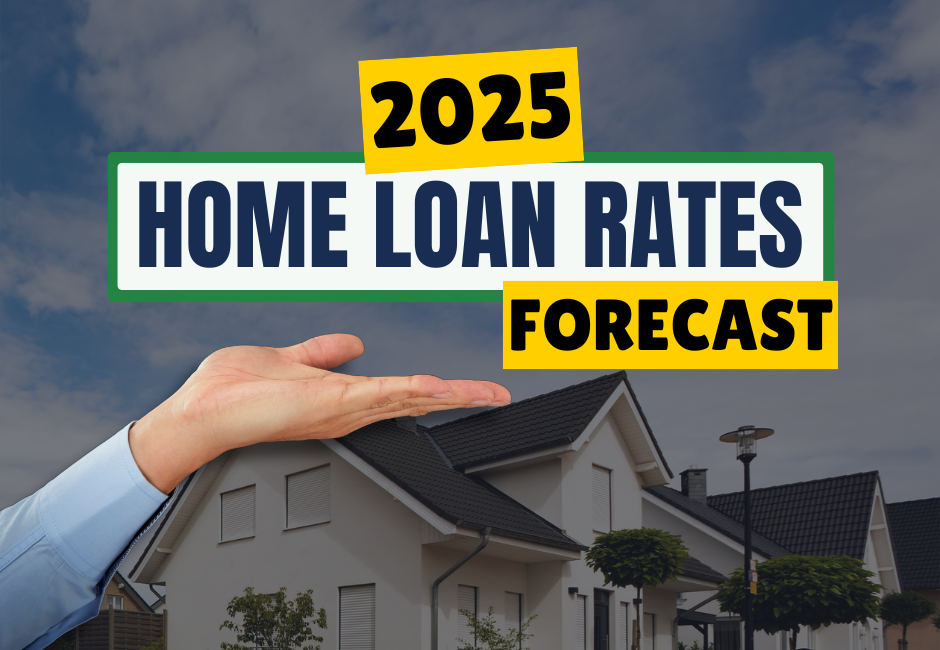
Australian Home Loan Rate Trends: Where Are Mortgage Rates Headed in 2025?
Introduction
Home loan interest rates play a central role in shaping Australia’s property market and determining mortgage affordability. Whether you’re a first-time buyer, seasoned investor, or looking to refinance, understanding where mortgage rates are heading in 2025 is critical. With economic conditions evolving and the Reserve Bank of Australia (RBA) setting the tone on lending costs, staying informed on rate trends can help you make smarter financial decisions.
This article explores the key factors influencing home loan rates, market forecasts for 2025, and practical strategies borrowers can use to prepare for rate changes.
Key Factors Influencing Home Loan Rates
Several factors drive fluctuations in home loan interest rates. Understanding these can help you anticipate changes and secure competitive rates.
Reserve Bank of Australia (RBA) Policy
The RBA’s official cash rate directly influences the lending rates set by banks and financial institutions. Decisions depend on inflation, economic growth, and employment data.
- If inflation remains high, the RBA may lift rates to control spending.
- If the economy slows, rate cuts may be used to stimulate borrowing and growth.
Inflation and Cost of Living
Inflation is a key pressure point. When inflation rises, central banks typically raise interest rates to cool the economy. Monitoring inflation trends offers insight into whether mortgage rates will rise, fall, or hold steady.
Global Economic Conditions
International developments, such as US Federal Reserve or European Central Bank policy shifts, can ripple through Australian markets. Economic slowdowns or instability overseas may push the RBA to adopt a more cautious stance on rates.
Bank Funding Costs
Lenders fund loans through deposits, wholesale markets, and bonds. Rising funding costs can lead to higher mortgage rates, regardless of RBA decisions.
Lender Competition
The Australian mortgage market is highly competitive. Strong competition can keep rates lower, while weaker competition or tighter lending conditions may push rates up.
Where Are Mortgage Rates Likely to Go in 2025?
While no forecast is guaranteed, current economic indicators suggest three broad scenarios for mortgage rates in 2025:
1. Rates Holding Steady
If inflation moderates and the economy grows steadily, the RBA may leave the cash rate unchanged. This would likely lead to stable mortgage rates, giving borrowers predictability.
2. Further Rate Increases
If inflation remains stubborn, the RBA may continue raising rates. This would push up variable mortgage rates, making fixed-rate loans more attractive for those seeking repayment certainty.
3. Rate Cuts to Support the Economy
If the economy slows and unemployment rises, the RBA may reduce the cash rate. This could lower mortgage rates, benefiting borrowers who refinance or lock in new loans.
Fixed vs. Variable Home Loan Options in 2025
Fixed-Rate Loans
Provide repayment certainty, shielding borrowers from potential rate hikes. Ideal for those wanting predictable cash flow.
Variable-Rate Loans
Track market conditions and RBA movements. Offer savings if rates fall, but carry the risk of increased repayments if rates rise.
Split Loans
Combine fixed and variable portions, balancing stability with flexibility. This option is well-suited to borrowers who want to hedge their bets.
How Borrowers Can Prepare for Rate Changes
Regardless of market direction, proactive strategies can help borrowers manage mortgage costs:
- Refinance to a Lower Rate
Regularly review your loan to ensure you’re on a competitive rate. Refinancing can deliver meaningful long-term savings. - Make Extra Repayments
Reducing your loan principal lowers the total interest paid over time, improving financial resilience. - Use an Offset Account
Offset savings against your mortgage balance to reduce interest costs while maintaining access to funds. - Negotiate With Lenders
Existing customers can often negotiate lower rates, especially if they have a strong repayment record. - Consider Fixing Part of Your Loan
If rate rises are expected, fixing part of the loan can lock in stability while keeping some flexibility.
The Role of Government Policies and Market Regulations
Government measures and regulatory changes will also influence mortgage trends in 2025.
- Regulatory Lending Restrictions
APRA’s serviceability guidelines and borrowing limits can affect how much lenders are willing to offer, shaping market dynamics. - First-Home Buyer Assistance
Programs like deposit guarantees and stamp duty concessions may increase demand, indirectly affecting rates. - Banking Sector Reforms
Changes to consumer lending rules or banking regulations can impact competition and rate availability. - Housing Market Performance
If property prices continue rising, borrowing demand may increase, pressuring lenders to adjust rates or tighten credit.
Refinancing and Restructuring Strategies
With potential rate changes ahead, reviewing your mortgage setup is smart.
- When to Refinance
Refinancing makes sense when a better rate or more suitable features are available, such as offset accounts or flexible repayments. - Refinancing Costs
Consider exit fees, application charges, and valuation costs when calculating potential savings. - Debt Consolidation
Rolling other debts into your mortgage can lower overall repayments and simplify financial management. - Adjusting Loan Terms
Extending the loan term can lower monthly repayments, though it increases total interest paid. Shortening the term reduces overall costs and accelerates loan payoff.
Conclusion
Understanding home loan rate trends is essential for making informed borrowing decisions. Mortgage rates in 2025 will be shaped by inflation, RBA policy, global economic conditions, and local market dynamics. Whether rates rise, fall, or stay steady, borrowers can prepare by staying informed, reviewing their loans, and implementing strategies to minimise costs.
Smart financial planning—whether through refinancing, negotiating better rates, or structuring loans effectively—can help homeowners and investors secure the best possible outcomes in a changing market.




